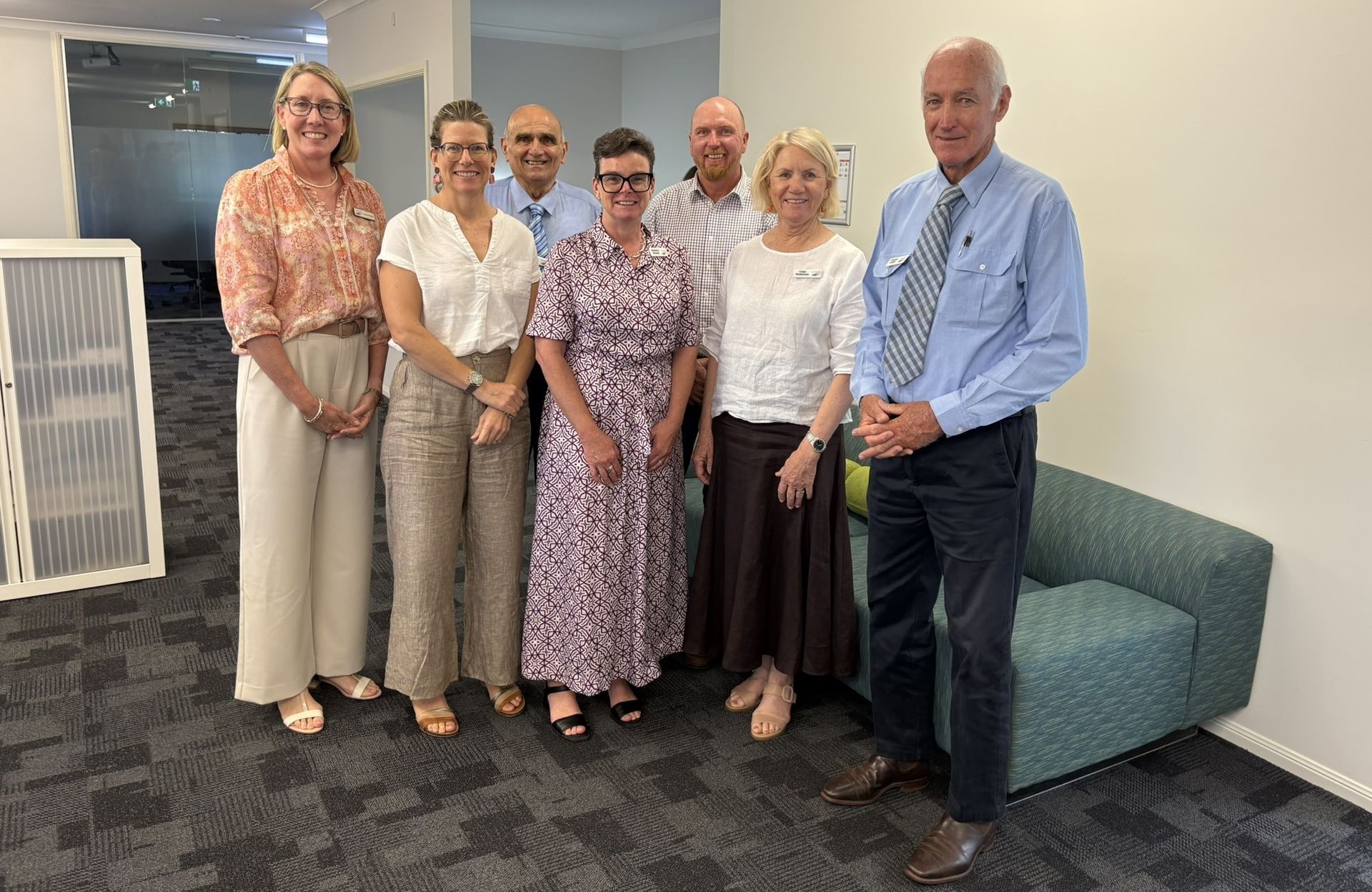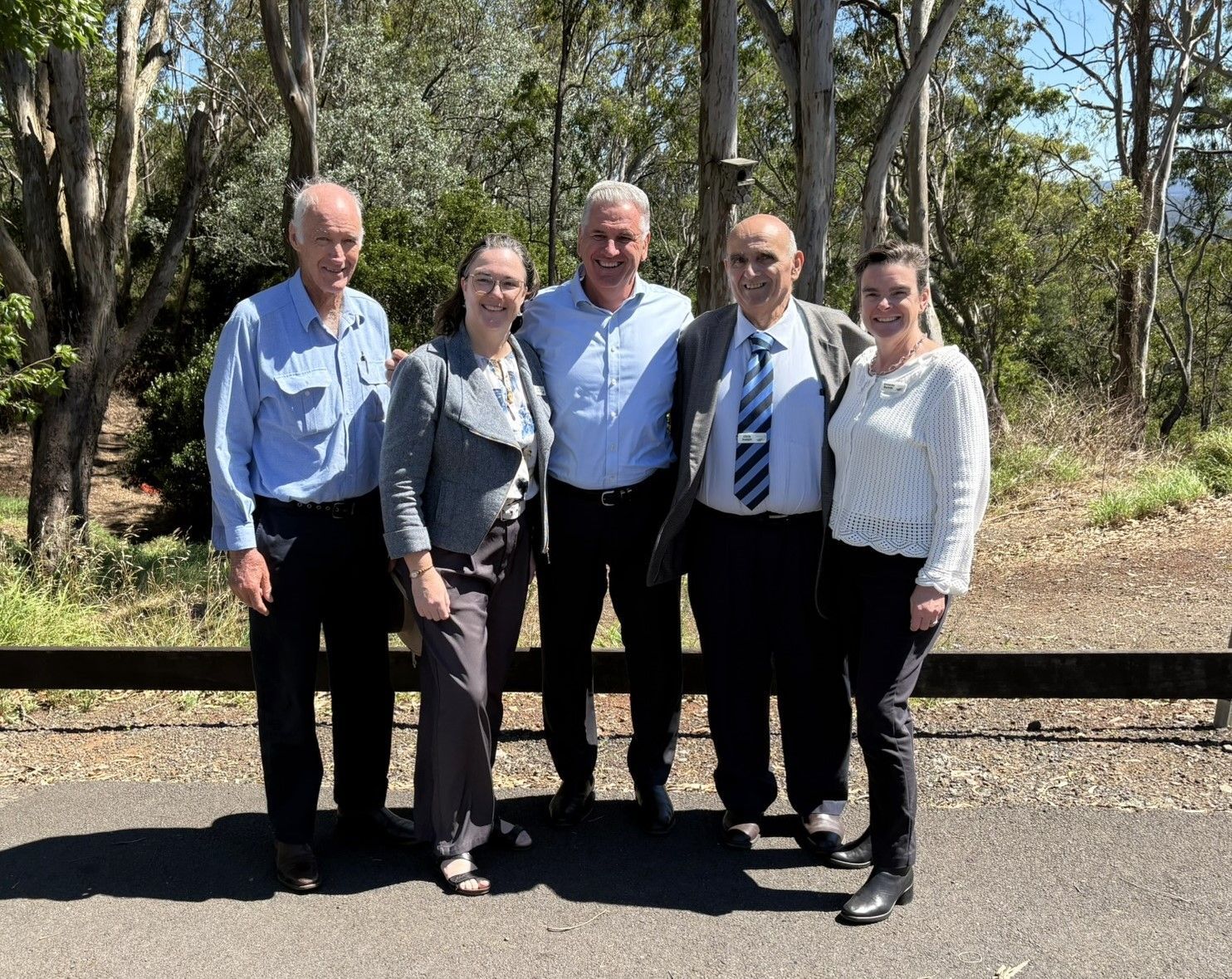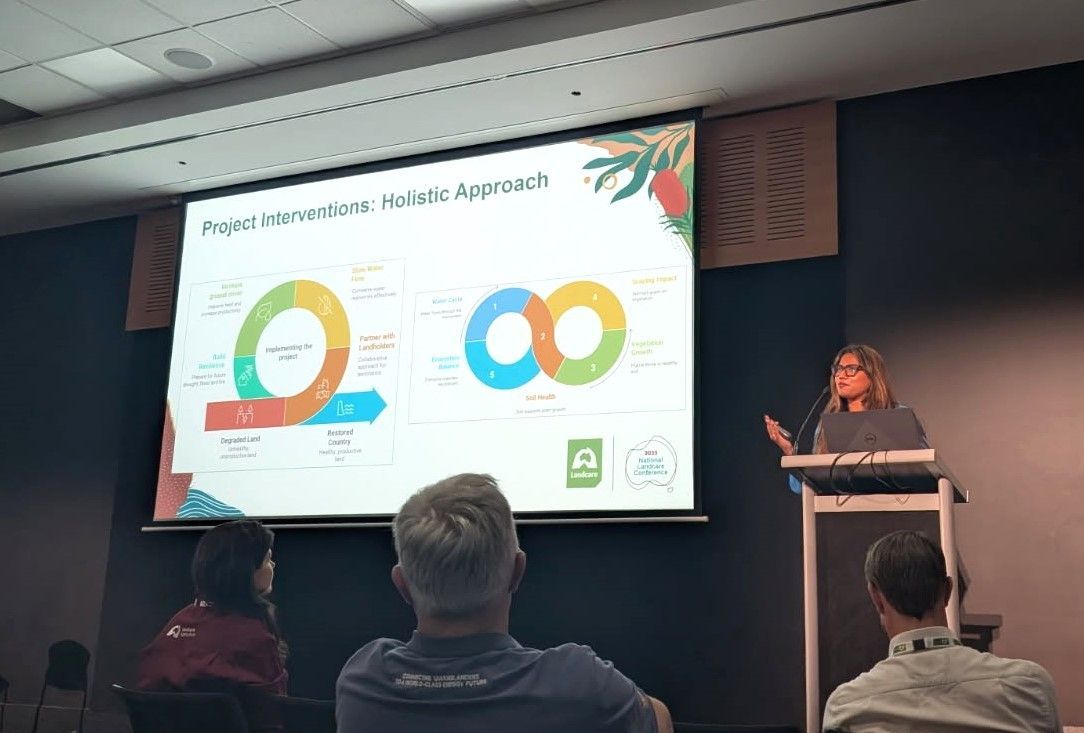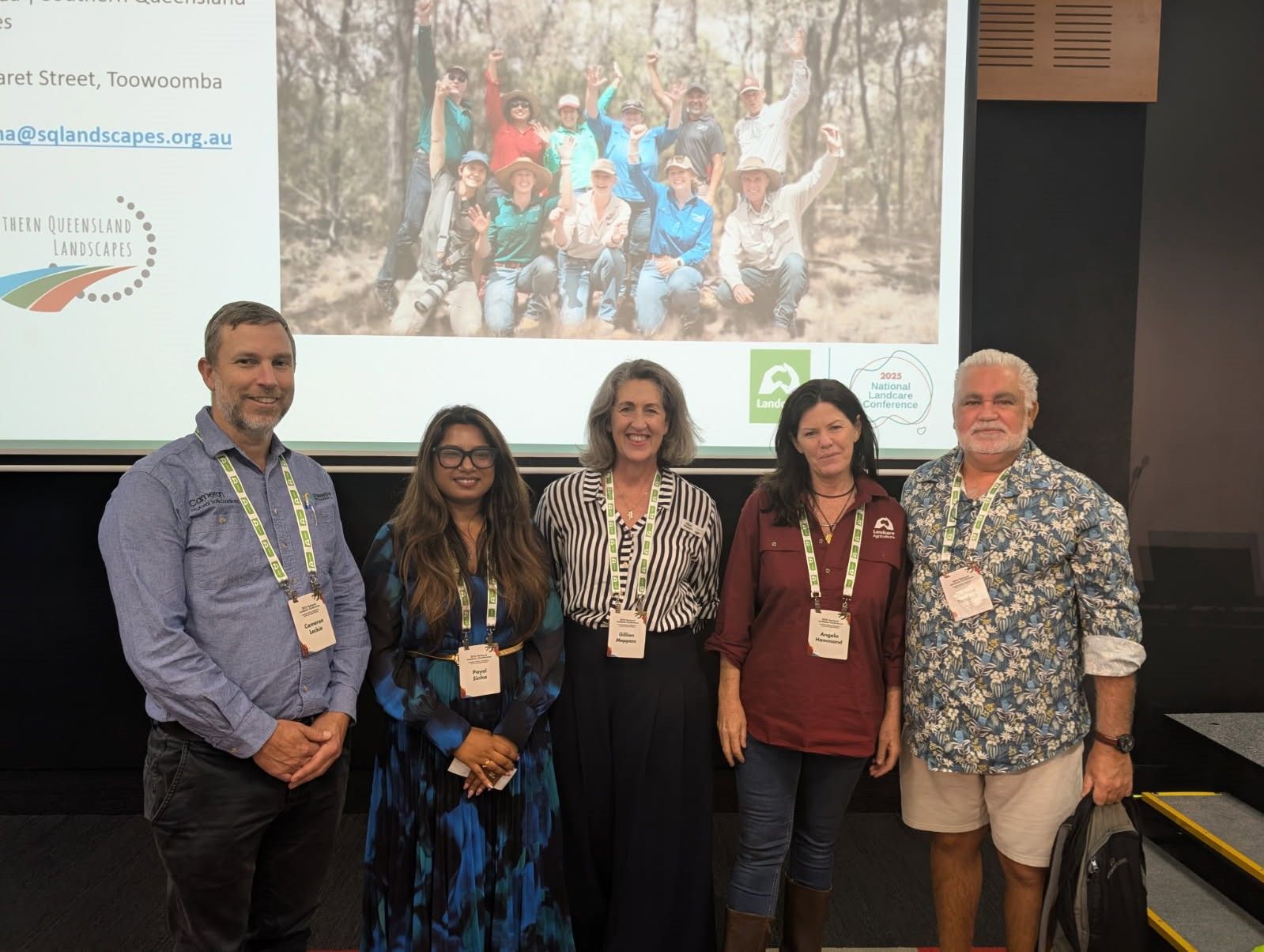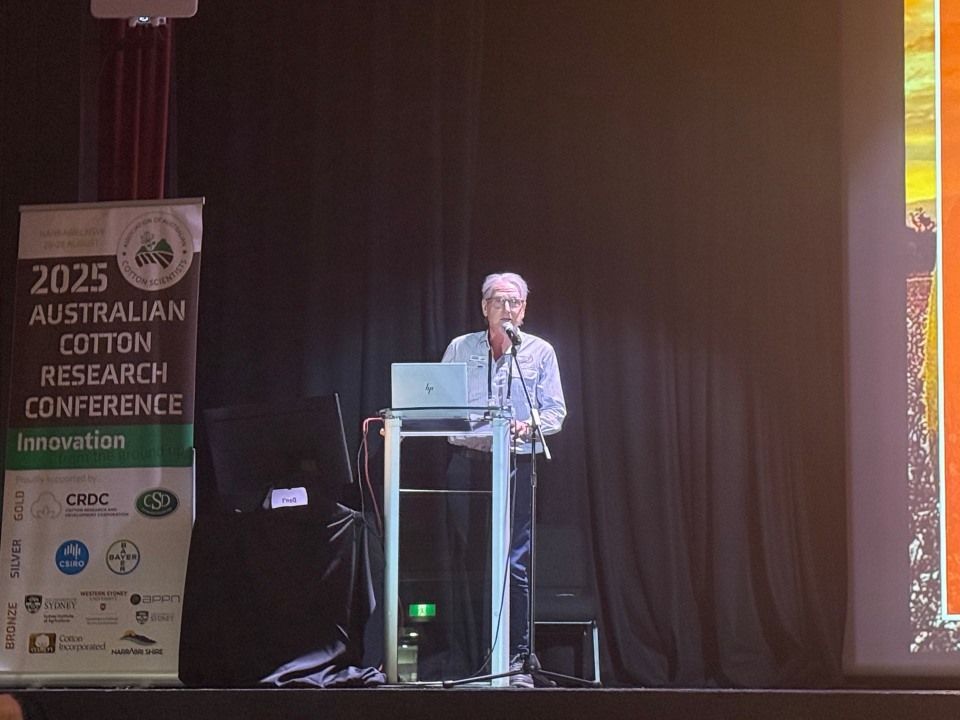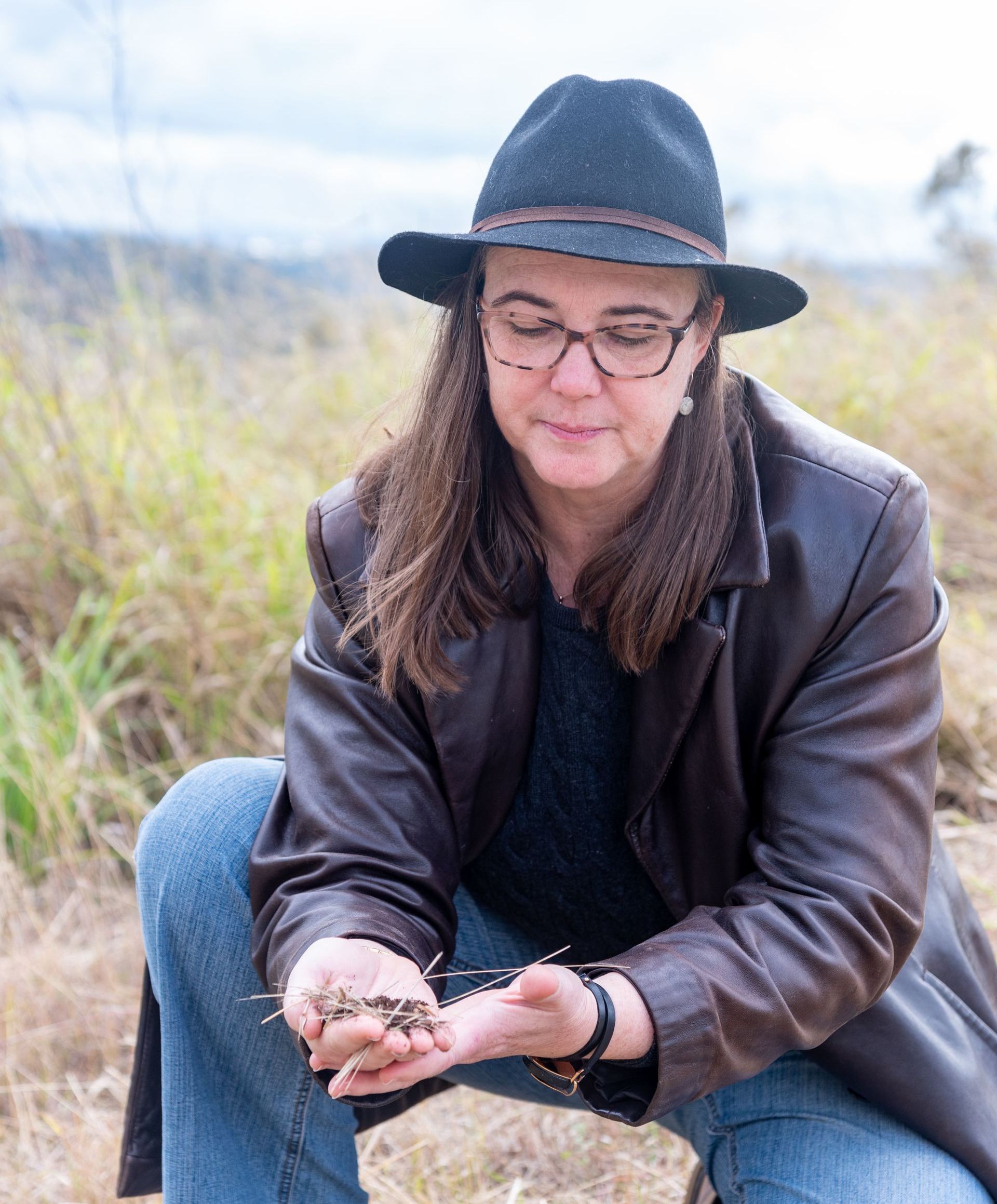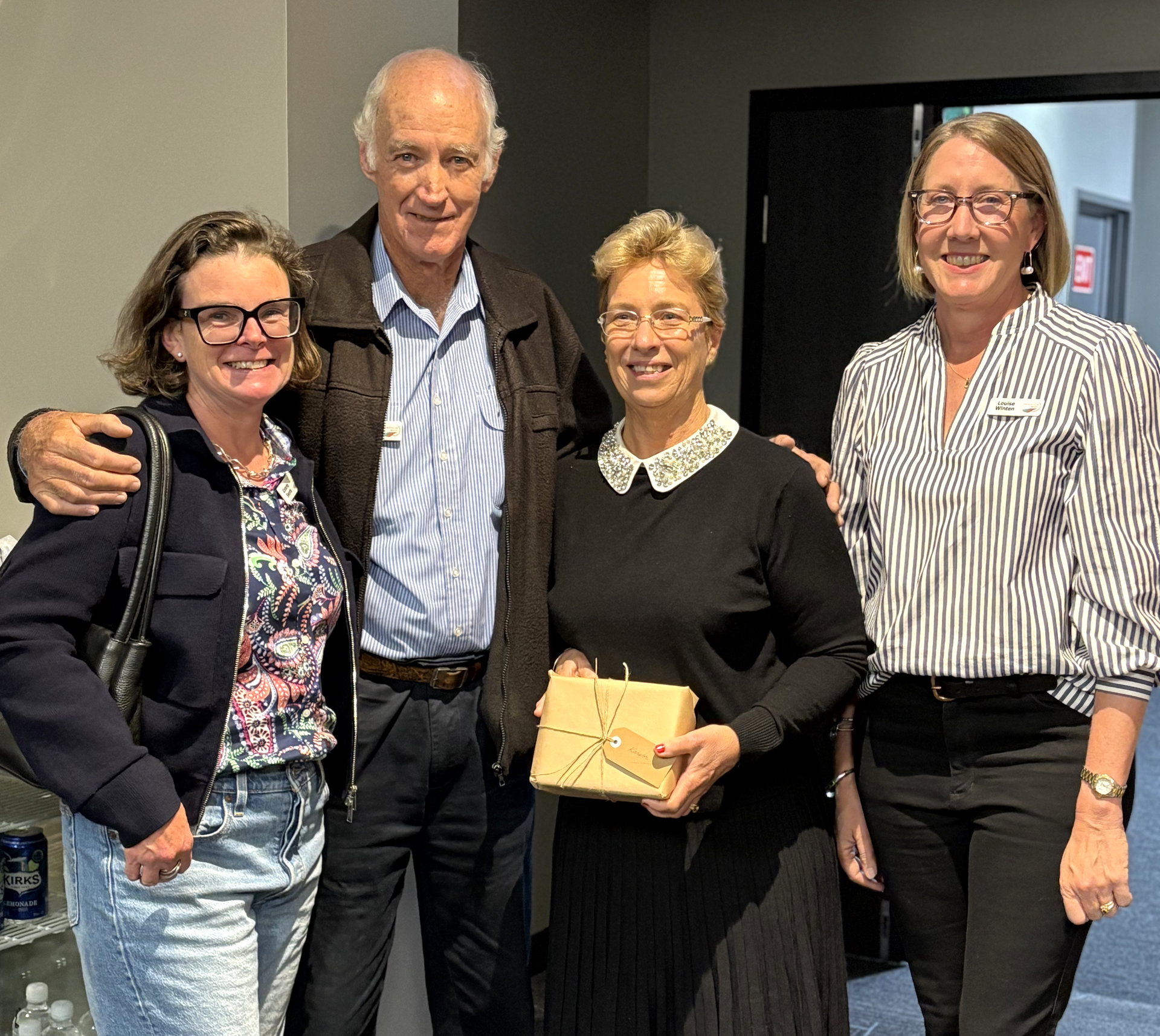The Killarney community came together at Browns Falls to celebrate the achievements of the River Blackfish project, which saw people from all over the Southern Downs join to save a locally threatened fish species. It’s a success story of hope, science and community coming together.
Over two years, Southern Queensland Landscapes, local land managers, First Nations, government departments, environmental organisations, and members of the community worked together to undertake actions that will reduce sedimentation and increase the thermal habitat in streams - two vital requirements for Blackfish persistence and recovery.
“What makes the Blackfish such a fragile species is that they can only survive in very specific temperatures; below 28 degrees celsius,” Project Delivery Officer Breanna Humes said.
“That means that when temperatures rise beyond that, Blackfish really struggle and you start seeing populations decline,” Miss Humes said.
“We are so fortunate to see these populations persisting and it was inspiring to see the broad mobalisation and passion of the local community to help the plight of Blackfish,” she said.
“Today also demonstrated how proud Githabul Nation was to be involved in this project at every step - not only in driving the promotion and raising awareness of this issue, but also in sharing valuable Traditional Ecological Knowledge.”
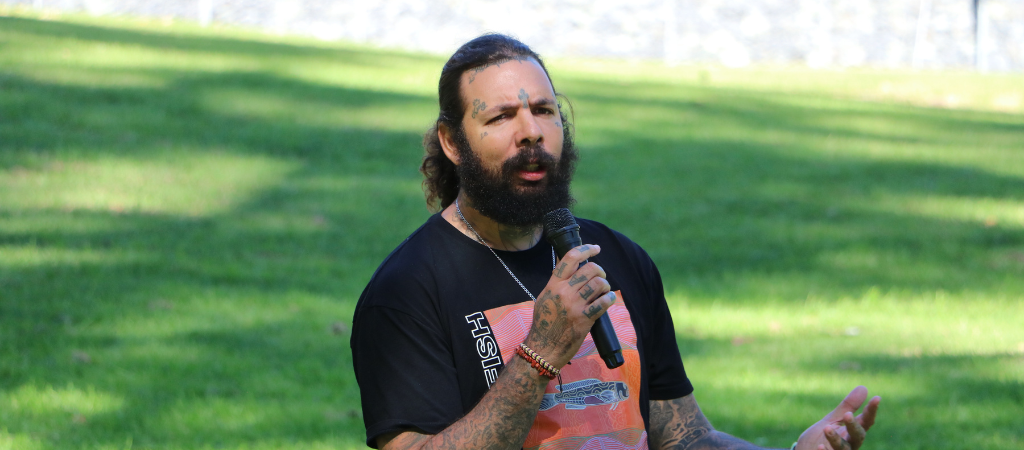
“When I started on this project, I wanted to showcase what the River Blackfish and the waterways on Githabul Country mean to us,” Nathan Charles said.
The project saw Githabul Nation members including Melissa Chalmers and artist Nathan Charles use their skills, local knowledge, and connections to raise awareness and support the project.
“When I started on this project, I wanted to showcase what the River Blackfish and the waterways on Githabul Country mean to us,” Nathan Charles said at a recent community day for Blackfish near Killarney.
“The riverways are vital and we all hold a special connection to the land,” Mr Charles said.
“It was a real privilege to take part in this project and see that our local mobs are involved in the issues that affect Country,” he said.
“We have a lot to offer as First Nations Peoples and I’m proud of what we were able to give to these efforts.”
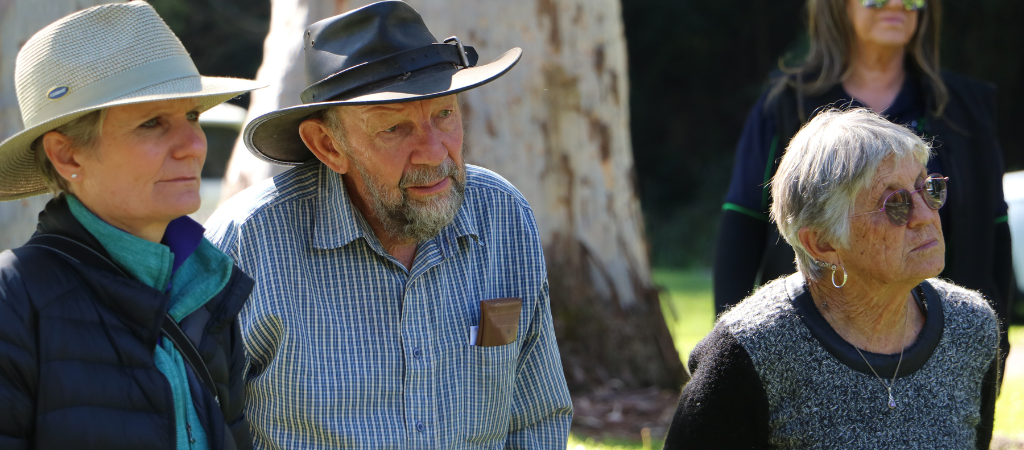
“Land managers were supportive of this project and they were enthusiastic to explore actions they could take on their properties to be a part of something positive,” Natasha Mylonas said.
The project also saw SQ Landscapes work alongside land managers to identify localised risks, mitigate threats on properties and drive community change and recovery.
“Land managers were supportive of this project and they were enthusiastic to explore actions they could take on their properties to be a part of something positive,” Project Delivery Lead Natasha Mylonas said.
“They were vital in ensuring actions were taken now so that the River Blackfish populations have an increased chance of surviving and thriving in the long run,” Miss Mylonas said.
“Our approach was largely focussed on mitigating livestock impacts on streams by installing new fencelines, creek crossings and off-stream watering points. We also initiated tree planting along bare sections of the creek on some properties ,” she said.
“So, by revegetating banks and reducing the need for livestock to access the stream, sediments entering the waterway will reduce, stream banks will stablise, and shady and cool zones will offer Blackfish reprieve, especially during extreme heat events. We couldn’t have done this without the support of land managers who really put in the hard work to make this happen.”
“We extend our gratitude to the community for their interest and support. Moving forward, we remain committed to fostering partnerships with Githabul Peoples, land managers, government, and the wider community,” Natasha Mylonas said.
“While we celebrate our achievements, we acknowledge that the journey to restore Blackfish is far from complete. We emphasise the importance of ongoing action and vigilant habitat monitoring to ensure the sustained recovery of Blackfish,” she said.
This project was funded by the Native Fish Recovery Strategy.
